How Tokyo Bound Swimmer Maana Patel Was Restored to Full Health at Sir H N Reliance Foundation Hospital
For Maana Patel, the last few months have been a heady ride. Competing at swim meets across Europe, the 21-year old produced a string of sparkling performances. In Uzbekistan in April, she won a Gold medal and followed that up with a new national record and a personal best of timing of 1 minute 03.77 seconds in the 100m backstroke in Belgrade in June.
For Maana Patel, the last few months have been a heady ride. Competing at swim meets across Europe, the 21-year old produced a string of sparkling performances. In Uzbekistan in April, she won a Gold medal and followed that up with a new national record and a personal best of timing of 1 minute 03.77 seconds in the 100m backstroke in Belgrade in June.
Encouraged by her impressive form, the Swimming Federation of India recommended Maana for a spot at the Olympics to the world governing swimming body, FINA, through the Universality quota. The recommendation was accepted, and in that moment a childhood dream was accomplished – the precocious 10-year old who took to the pool in Ahmedabad was going to be the only female swimmer to represent India in Tokyo.
“The feeling of getting a berth to Olympics is simply amazing,” she excitedly said in an interview once her spot was confirmed. “Like many kids, I too grew up watching TV and reading about the Olympic Games and now you are there as a participant, a competitor and representing your beloved country before the world stage. It is surreal.”
Even as spotlight shines bright at the moment, it has been an arduous journey for Maana. At 13, she was already the youngest and fastest backstroke swimmer in the country, the trophy cabinet was filling up and bright future awaited her. However, in early 2016, a shoulder injury almost ended her budding career.
In medical lexicon, Maana’s injury was diagnosed as a “superior labral tear extending from anteriorly at 11 o clock and up to 2 o clock posteriorly.” The pain was excruciating and on being told by a surgeon to stay away from the pool for three months, Maana was devastated. She entertained thoughts of quitting altogether, lost weight and on some days even struggled to find the motivation to get out of bed. At just 16, her sporting dreams appeared to be crushed.
At the lowest point in her young life, Maana found a second home at the Sir H N Reliance Foundation Hospital in Mumbai, with the Sports medicine team becoming staunch allies in restoring her to full fitness. Under the expert physiotherapy care of Heath Matthews, who heads the Sports Science and Medicine department, Chandan Poddar and Shruti Mehta besides Strength & Conditioning trainer Akhil Mehta, Maana would spend hours at the centre. The rehab sessions would be extensive and involve manual therapy, massages, exercise therapy, dry needling and taping. The staff was well aware of the task they faced. If the rehab failed, Maana would need surgery and be unable to swim competitively for anywhere between 6 to 9 months.
“Initially her rehab process was painful and she would find it difficult to perform the exercises and very often perform them with pain,” remembers Dr. Poddar, Deputy Consultant – Sports Medicine and Rehabilitation. “However, she was determined to get past this phase. Her mother played a huge role in the process as well, motivating her to be resilient, pushing her to overcome the injury and compete again. She was a real pillar of support, would accompany her every day to the hospital and would sit and watch her sessions for hours.”
Three months after her intensive rehab, Maana was ready to enter the pool again, but the break had taken its toll. Not only was Maana slower than usual, her shoulder continued to hurt, especially during the “pull phase” of her swimming routine. Unable to generate speed or force in her movements, the Sports Science experts identified another challenge. While she was a skilled swimmer, Maana lacked strength, which led to overuse and overload on her ligaments and joints. A strategy was drawn up to couple her ongoing rehab with strength and conditioning interventions and focus on building her muscular strength.
“Stability and power is what she needed in the final stages of her rehabilitation,” says Dr. Poddar. “She was very thin when she started her strength and conditioning sessions with Akhil. Over the next 6-8 months it was fantastic to see her body transform and her athleticism improve manifold. She went higher and higher on box jumps and she progressed from body weight squats to weighted jacket work.”
While working on her rehab, strength and conditioning the staff at the hospital remained in close contact with Maana’s coach at the time, Peter Caswell. A holistic injury management plan that involved input from Caswell and her orthopaedic surgeon allowed Maana to make a gradual return to the water. Daily manual therapy sessions helped release tight muscles and keep her mobile and lower body strength became another area of focus, so Maana’s core strength during time away from the pool continued to be built.
The process was slow and Maana would often lose confidence about making a successful comeback, but the rehab team took it upon themselves to keep her spirits up. Seeing other athletes at the centre undergoing similar rehab routines also boosted Maana’s motivation levels and the staff remembers several moments of laughter and “fun arguments” with Maana negotiating with the trainer on the routines she was meant to complete in the session. In 2018, two years after she first came to the centre, a fully healed and much stronger Maana won three Gold medals at the Senior National championships.
“The plan followed for Maana is a great example of the philosophy behind how we treat and rehabilitate an athlete battling injury,” explains Matthews. “The concept is that of a movement pyramid, where we progress our athletes through basic fundamentals of movement competency - joint mobility, flexibility, stability and balance - to movement capacity - strength, endurance and co-ordination, and finally movement mastery - speed, agility and power. The final section is where most performance in sport lie.”
“For Maana, Chandan’s role was to focus on the base of the pyramid - movement competency, Akhil’s job was to focus on the middle - movement capacity - that finally enabled her swim coach to focus on movement mastery - speed and power - in the pool,” he adds.
Now, the B Com (honours) graduate from SMPIC, Ahmedabad is in the best shape of her life as she prepares to compete at the pinnacle of sport. Maana is determined “not to be a tourist” in Tokyo and has set her sights on winning a medal at the Asian Games next year in Hangzhou. When she lines up against the best in the world, Maana Patel’s cheering squad back home will include emotional members of the Sports Science and Medicine team at the Sir H N Reliance Foundation Hospital, proud to have done their part in restoring a struggling young athlete to full vigour.


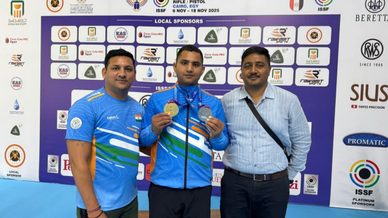
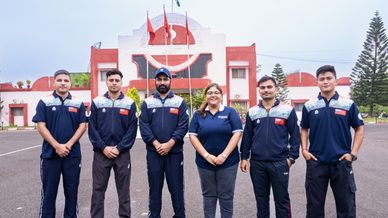
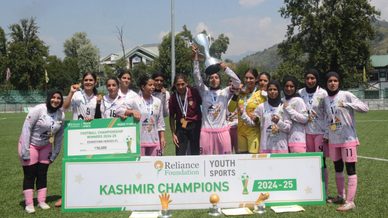
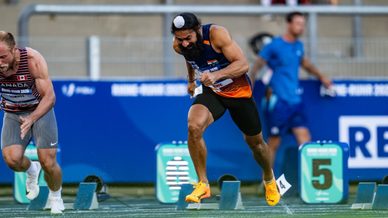
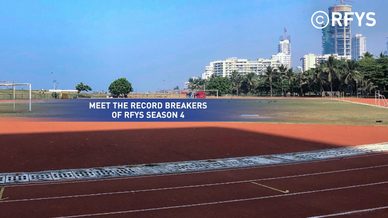
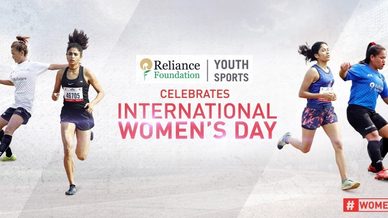
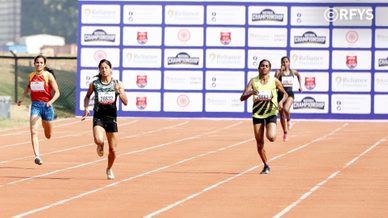
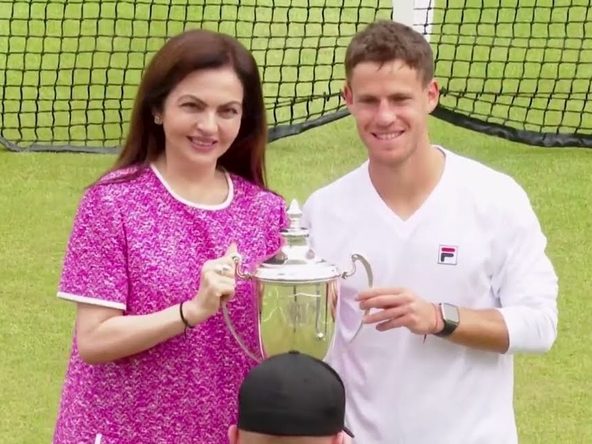
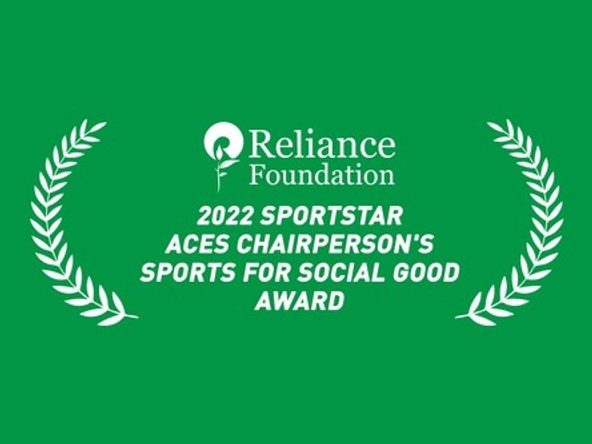
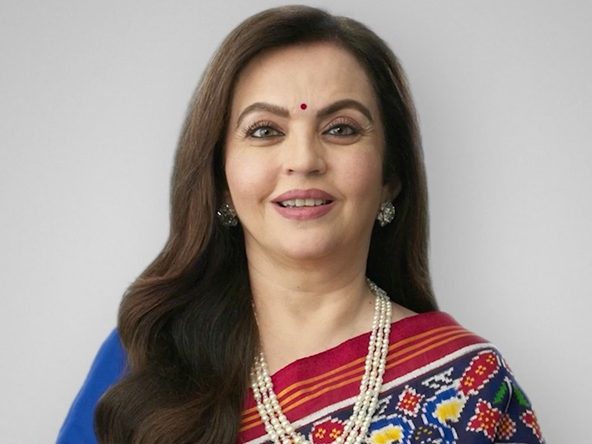
Your Comments